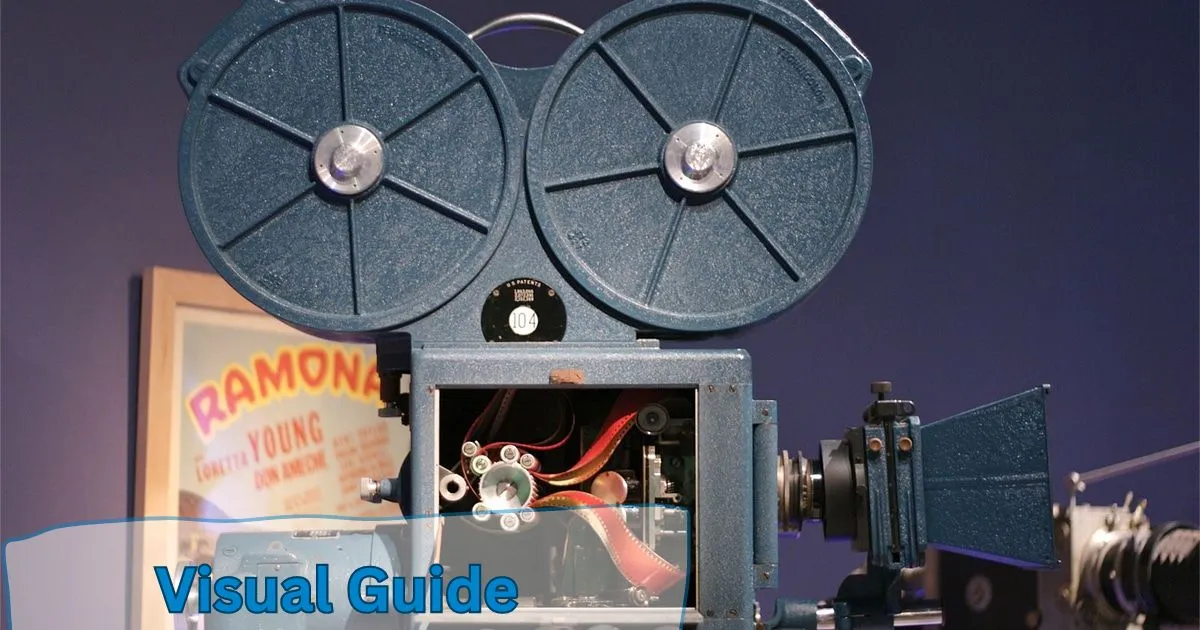The term “Technicolor” film stock resembles technicolor signifies the brightest, most vivid hues in cinema, revolutionizing film with full-motion color from the 20th century. While filmmaking has evolved with new technologies, traces of Technicolor’s influence remain in modern film stock. This article explores how traditional film stock mirrors Technicolor, blending art with technology.
As you revisit childhood memories, Technicolor’s vibrant hues vividly illuminate each moment. The profound impact of Technicolor on film is undeniable, with shops offering tangible film stock that captures its rich colors and textures. Discover how Technicolor’s legacy still shapes cinematic experiences.
Technicolor, renowned for its vibrant hues, used a complex three-color process involving red, green, and blue films to create rich, dynamic images. Modern film stocks, though different, strive to evoke similar nostalgic impressions through advanced techniques.
Visual Guide

1. The Evolution of Film Stock Resembles Technicolor
Film stock has evolved since Technicolor’s era. Initially black-and-white, color films emerged in the 1930s. Modern stocks like Kodak and Fuji use advanced emulsion and dye technology for rich color fidelity.
2. The Role of Dye Layers
Dye layers, crucial for color in Technicolor and modern films, have evolved. Technicolor’s complex three-color system is now simplified in two or three-color stocks, still mimicking its vibrant saturation.
3. Grain Structure and Texture
Film stock’s grain pattern greatly affects a movie’s visual style. Technicolor’s unique grain is now mimicked by modern stocks, recreating its distinctive, nostalgic effect through careful grain management.
4. Color Balance and Saturation
Modern films emulate Technicolor by focusing on color balance and saturation. Advanced color balancing techniques replicate Technicolor’s depth, using saturation and contrast adjustments to achieve vibrant results.
5. Emulating Technicolor in Digital Formats
Replicating Technicolor’s colors has been challenging, but digital color grading now allows filmmakers to imitate its vibrant hues. This blend of classic and modern techniques keeps contemporary cinema vibrant and evocative.
FAQs
- How does Technicolor differ from modern film stock?
Technicolor used a three-color process; modern films use advanced dye layers and color balancing. - Can modern film stocks resemble Technicolor’s color vibrancy?
Absolutely, contemporary film stocks employ sophisticated technologies to imitate the rich color saturation that characterized Technicolor movies. - What role does grain structure play in achieving a Technicolor-like effect?
Using the grain structure can give texture to an image and help to create the distinct look that was characteristic of Technicolor films. - How do digital tools emulate Technicolor effects?
To reproduce the bright hues typical of Technicolor, digital color grading equipment modifies color tone and level of pigmentation. - Is Technicolor still used in modern filmmaking?
Technicolor remains less popular, yet it still has an impact on the film stock and contemporary digital color grading methods.
Conclusion
Technicolor’s legacy is ever present in the filmmaking world, regardless of how technology changes depending on modernity. Current film stocks and digital instruments attempt to embrace Technicolor’s brilliance in colour saturation and texture diversity. By comprehending film technology’s changes and similarities development, moviemakers, and fans can see how Technicolor’s vivid past can be found in modern-day films. The art of film has been radically transformed by Technicolor, which testifies to its enduring power as we continue to explore new frontiers in visual storytelling.
